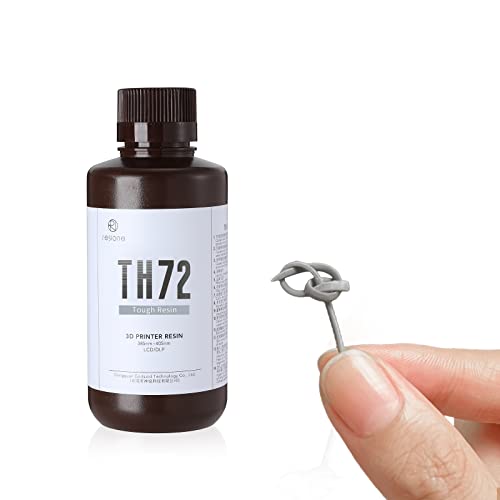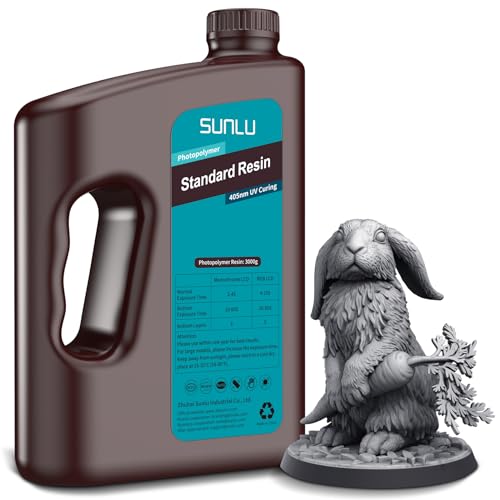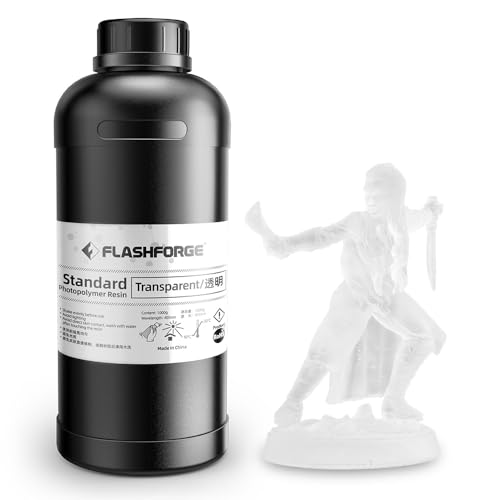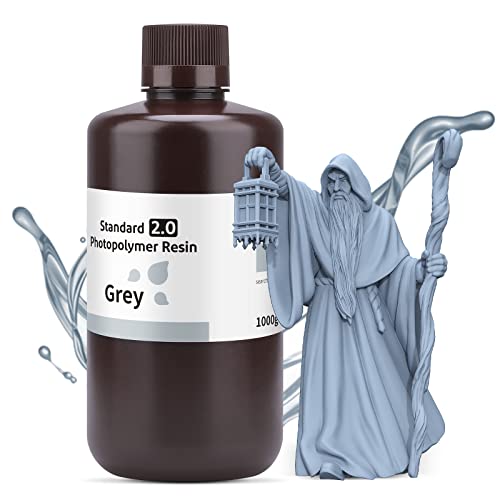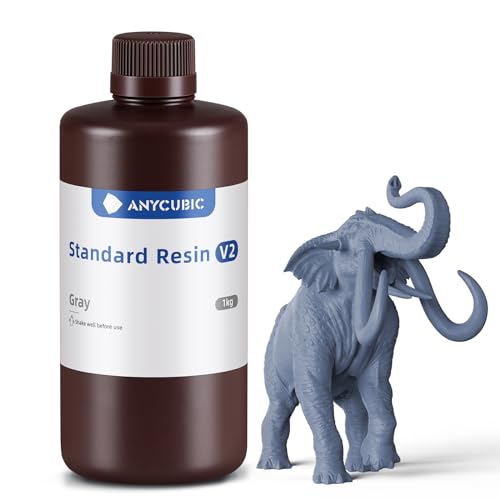When diving into the world of 3D printing, staying safe should always be your number one priority. It’s not just about creating fantastic models; it’s also about making sure you’re handling every part of the process without putting yourself at risk. Let’s break down some essential 3D printing safety tips to keep you and your workspace safe.
First off, always keep your work area clean and organized. A cluttered space can lead to accidents or mishaps. Make sure your printer is set up in a well-ventilated area to prevent inhaling any fumes that might come from the printing materials. Many filaments can release particles or vapor when heated, so having good airflow is crucial.
Next, handle your materials carefully. Some filament types, like ABS, require extra caution because they can emit unpleasant odors and fumes. Use gloves when handling heated components, and be mindful of sharp tools. Always remember to let your printer cool down before touching it after a print job.
It’s also a good idea to invest in quality equipment and safety gear. A pair of safety glasses can protect your eyes from tiny particles. If you’re working with advanced printers, consider using a face mask, especially if you’re sanding or finishing your prints. Keeping your personal safety gear handy makes a significant difference in maintaining 3D printing safety.
Lastly, don’t forget to read the user manuals for both your printer and materials. Understanding how your specific equipment works is key to avoiding accidents. Stay updated on any recalls or safety updates related to your printer and filaments. Taking these steps will go a long way in ensuring a safe and enjoyable 3D printing experience.
Protect Yourself and Your Space
When you dive into the world of 3D printing, keeping yourself and your space safe is a top priority. It’s easy to get caught up in the excitement of creating cool stuff, but a little awareness goes a long way. Start by making sure your workspace is well-ventilated. Getting rid of those fumes from melting plastic is key. If you're printing with materials that release more odors, consider setting up an exhaust system or using a fan to keep the air moving.
Next, always wear protective gear. Safety goggles and gloves can really make a difference, especially when you mix in sharp tools for post-processing. Those little details matter. Remember, the printer can get hot, so don’t touch anything around the hot end without a good reason. Give things time to cool down before you go poking around.
Keep your workspace organized and clutter-free. Tools, materials, and even pets shouldn’t be roaming around where you’re working. It’s easy to trip, knock things over, or accidentally grab a hot component. A clean space helps prevent accidents and keeps your projects running smoothly.
Last but not least, always read the safety data sheets (SDS) for any materials you’re using. Knowing what you’re working with helps you handle everything safely. This little step goes hand in hand with 3D printing safety—being informed is part of being safe. So make it a point to stay educated and aware as you create!
50g Black Nylon Filament 1.75mm for 3D Printing
Durable and versatile nylon filament perfect for your 3D printing projects
Product information
$9.99
Product Review Score
4.84 out of 5 stars
146 reviewsProduct links
Essential Gear for Safe Printing
When diving into the world of 3D printing, safety should always be top of mind. Having the right gear can make all the difference in ensuring a safe and enjoyable printing experience. Here’s a quick rundown of essential gear that everyone should have on hand.
First up, invest in a good pair of safety goggles. 3D printing often involves materials that can emit fumes or particles. Protecting your eyes helps you avoid irritation or injury, keeping you focused on what really matters - your projects. Comfortable, clear goggles should fit snugly and not fog up while you're working.
Next, think about gloves. Nitrile gloves are a smart pick because they provide a great barrier against many printing materials, like resins or filaments. They keep your hands clean and protected while allowing for flexibility. Plus, they come in various sizes, so you can find the perfect fit.
Don’t forget about ventilation! A simple desk fan or a dedicated ventilation system can help disperse any fumes that might be released during printing. Keeping your workspace well-ventilated is a key part of 3D Printing Safety. Fresh air makes your work area feel more comfortable and keeps unwanted odors at bay.
Finally, don't underestimate the power of a good first-aid kit. Accidents happen, and having band-aids, antiseptic wipes, and other basics on hand can help you deal with minor injuries quickly. Being prepared means you can dive back into your projects in no time.
TH72 Flexible Tough Resin for Impact-Resistant Printing
Experience durable, flexible prints that can handle the toughest challenges
Product information
$28.99
Product Review Score
4.67 out of 5 stars
194 reviewsProduct links
Common Hazards and How to Avoid Them
3D printing can be a fun and rewarding experience, but it's important to be aware of potential hazards. Being well-informed is part of practicing good 3D printing safety. Here are some common risks and how you can steer clear of them.
Burns from Hot Components
3D printers run hot! The nozzle temperatures can reach over 200°C, and the heated bed can get just as hot. Avoid accidental burns by always letting the printer cool down after use. Don’t touch the nozzle or heated bed immediately after a print. Use gloves or tools to handle hot parts, and keep an eye on curious little hands if you have kids around.
Fumes and Particles in the Air
When you print, especially with certain plastics, you might release harmful fumes or tiny particles. This is why good ventilation is key. Open windows or set up a fan to keep the air moving. You can also invest in a filtration system designed for 3D printers to help keep your workspace clean and safe.
Injuries from Moving Parts
3D printers have moving parts that can pinch or snag. Handle your printer with care during setup and maintenance. Keep long hair tied back, and avoid loose clothing that could get caught. Always respect the machine – it’s powerful but can also be dangerous if you aren't cautious.
By keeping these hazards in mind and following these tips, you’ll make your 3D printing experience safe and enjoyable. Remember, a little prevention goes a long way in 3D printing safety!

